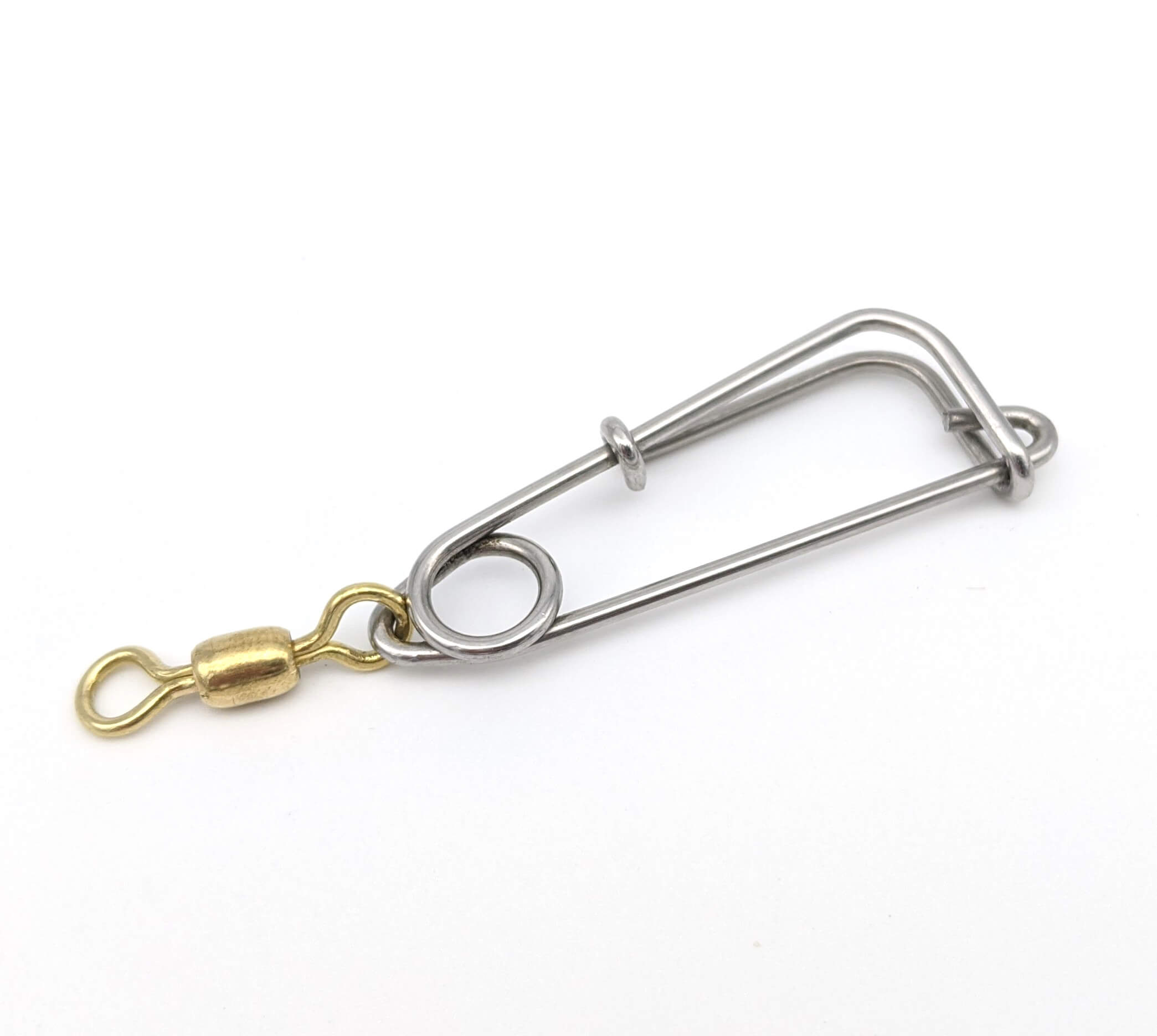Get unique, complex parts easily. No matter your requirements, Chaoyi Spring creates hard-to-produce coil springs and wire forms.
Let us help you create the custom wire form you need, from S-hooks and J-hooks to utility hooks and more.
We work closely with customers across a wide range of industries, helping them design and manufacture made-to-order parts.
Why choose Chaoyi Spring? We prioritize customer-focused collaboration, modern equipment and the latest technology to make your parts per print.
Find the information and guidance you need, from measuring a spring to learning about materials, placing an order and much more.
Compression springs, those ubiquitous coils of metal that store and release energy, are essential components in countless mechanical systems. From the humble door hinge to the intricate workings of a


Compression springs, those ubiquitous coils of metal that store and release energy, are essential components in countless mechanical systems. From the humble door hinge to the intricate workings of a car's suspension, compression springs play a vital role in ensuring smooth operation and efficient performance. Understanding how to calculate the properties of these springs is crucial for engineers and designers to ensure optimal functionality and longevity of their creations.

At its core, compression spring calculation involves determining the spring's key characteristics – its stiffness, deflection, and force – based on its physical dimensions and material properties. These calculations are essential for ensuring the spring meets the specific requirements of the application it's intended for.
Several key parameters influence the behavior of a compression spring. These include:
The spring rate, also known as the spring constant, represents the stiffness of the spring. It quantifies the force required to compress the spring by a specific distance. The spring rate is expressed in units of force per unit of deflection, typically pounds per inch (lb/in) or newtons per meter (N/m). It's a crucial parameter in determining how much force the spring can withstand and how much it will deflect under a given load.
The formula for calculating the spring rate (k) is:
k = (Gd^4)/(8D^3n)
Spring deflection refers to the amount the spring compresses under a given load. It's directly proportional to the applied force and inversely proportional to the spring rate. Deflection is expressed in units of length, typically inches or millimeters.
The formula for calculating spring deflection (δ) is:
δ = F/k
Where:
F = Applied force
k = Spring rate
Spring force represents the force the spring exerts when compressed or extended. It's directly proportional to the spring rate and the deflection. The formula for calculating spring force (F) is:
F = kδ
Understanding the stress distribution within a compression spring is crucial for ensuring its structural integrity and preventing failure. The primary stresses in a compression spring are shear stress and bending stress, which arise from the twisting and bending of the wire as the spring is compressed.
Shear stress (τ) is the stress that acts parallel to the cross-section of the wire. It's calculated using the formula:
τ = (8FD)/(πd^3)
Where:
F = Applied force
D = Mean coil diameter
d = Wire diameter
Bending stress (σ) is the stress that acts perpendicular to the cross-section of the wire. It's calculated using the formula:
σ = (16FD)/(πd^3)
Where:
F = Applied force
D = Mean coil diameter
d = Wire diameter
Several factors can influence the performance and longevity of a compression spring. These include:
Designing a compression spring for a specific application involves several key considerations:
Compression springs find widespread use in a variety of mechanical systems, including:
Compression springs are essential components in numerous engineering applications. By understanding the fundamentals of compression spring calculation, designers can ensure their springs meet the specific requirements of the application, ensuring optimal performance, durability, and reliability. The calculations involve determining the spring rate, deflection, and force based on the spring's physical dimensions and material properties, taking into account factors such as material selection, spring index, end conditions, and operating environment.
Accurate compression spring calculations are critical for designing and analyzing these vital mechanical elements. By mastering these principles, engineers and designers can effectively tailor spring characteristics to meet the specific demands of countless applications, contributing to the reliable operation and longevity of mechanical systems across various industries.
Browse some of the custom wire forms and springs that we manufacture. Don’t see what you need? We specialize in made-to-order products that meet your application requirements.
Visit Our GalleryNeed a custom wire form or coil spring? We make it work. Fill out the contact form and a representative will respond within 1 business day. If you have a PDF or CAD file, you can submit to request a quote.